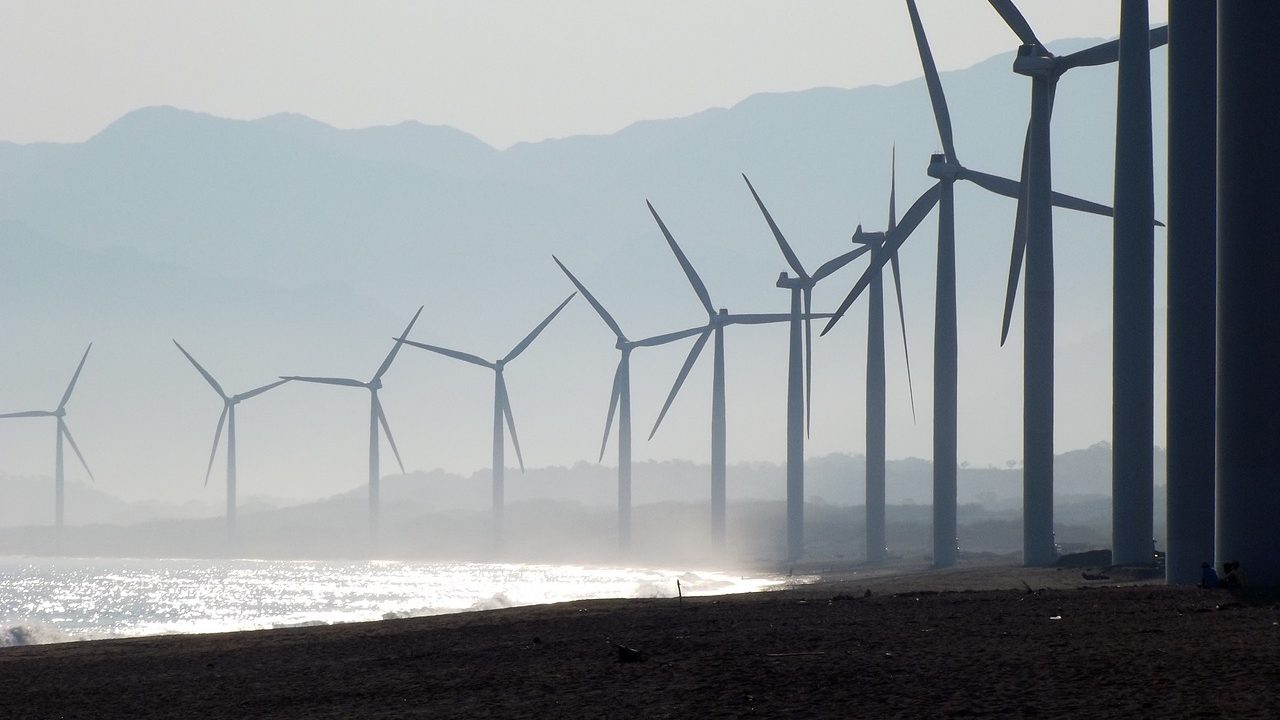As the global appetite for electricity surges, a pivotal shift is underway, with sustainability taking center stage. The International Energy Agency (IEA) heralds a significant milestone in its latest report, revealing that while global demand for electricity is set to skyrocket, record power generation from renewables and nuclear sources is expected to propel us into an era of structural decline in emissions. This not only signifies a triumph for the environment but also holds profound implications for the social fabric of our interconnected world.

Rising Demand, Declining Emissions: A Paradigm Shift
The IEA’s prognosis for the next three years paints a picture of accelerating electricity demand, driven by robust growth in emerging economies, the rise of artificial intelligence, the crypto boom, and the burgeoning data center industry. The average annual growth rate is projected at 3.4%, a testament to the integral role electricity plays in our evolving digital landscape.
Yet, the most striking revelation lies in the expected decline in global carbon-dioxide emissions from power generation. The report suggests that the surge in demand will be met with a surge in low-emission energy sources. Wind, solar, hydro, and nuclear power are poised to account for nearly half of the world’s electricity generation by 2026, marking a substantial increase from just under 40% in the previous year.
The rapid growth of renewables, with increasingly affordable solar energy at the forefront, is steering the global energy narrative. This momentum, coupled with the resurgence of nuclear power, positions us to meet the escalating electricity demand sustainably. IEA’s Executive Director, Fatih Birol, applauds this convergence, highlighting that renewables and nuclear power are on course to match the entire increase in global electricity demand.
The encouragement is bolstered by the notable decrease in carbon emissions anticipated in the coming years. After a 1% increase in 2023, the IEA predicts a more than 2% decline in 2024, with further reductions in the subsequent years. Cleaner energy sources are expected to outpace the growth rate seen between 2018 and 2023, fostering a green renaissance in power generation.
Nuclear’s Resurgence and Societal Debates
A significant contributor to this green renaissance is the expected rise in nuclear power generation by approximately 3% annually up to 2026. Despite debates around nuclear energy’s costs and safety risks, the IEA foresees increased nuclear generation, with countries like France and Japan restarting plants and new reactors coming online in Europe, China, India, and Korea. Asia, particularly, is poised to drive growth, reaching a 30% share of global nuclear generation by 2026.
Nuclear power, a longstanding player in the clean-energy debate, finds itself once again at the center of discussions about reliable, low-carbon alternatives. As nations pledge to triple nuclear power capacity, questions about the cost, risks, and benefits of nuclear energy persist, shaping the ongoing discourse on clean energy.
The Social Landscape: Emerging Markets and Beyond
In the evolving narrative of electricity demand, emerging markets, led by China, are expected to contribute significantly. The production of solar PV modules, electric vehicles, and the processing of raw materials in China is set to make it the largest contributor to growth. Meanwhile, India is forecasted to be the fastest-growing major economy in terms of electricity demand.
Beyond geographical shifts, the report underlines the influence of emerging technologies. The rapid expansion of artificial intelligence, data centers, and cryptocurrencies is identified as a potent driver of electricity demand. The IEA envisions a doubling of power demand from these sectors, creating a demand akin to the entire electricity consumption of Japan.
Challenges and Opportunities: A Balanced Outlook
The IEA’s report acknowledges challenges, including the recent slowdown in electricity demand growth, influenced by factors like high inflation and lower industrial output. Yet, it optimistically forecasts a recovery, especially in the U.S., where demand is expected to rebound from milder weather impacts.
In the European Union, despite a decline in power demand for the second consecutive year in 2023, the IEA anticipates a return to high levels by 2026. This highlights the complex interplay of economic factors, climate conditions, and societal trends in shaping the energy landscape.
Conclusion: A Green Horizon Unfurls
As the world braces for an era of heightened electricity demand, the IEA’s report paints a promising picture. The green horizon, marked by renewables and nuclear power, signifies a commitment to sustainability. However, it is essential to navigate this landscape with a keen awareness of the social implications and ongoing debates surrounding energy choices. Energy evolution is underway, and how we steer this course will determine the legacy we leave for future generations.



